Stockpiles aren’t just for doomsday preppers, any kitchen can (and should, in our opinion!) have a supply of food that won’t go bad after a few weeks! It’s always good to have foods you can keep on hand in your pantry. When you’re in a pinch, you can pull one of these go-to storage foods out for a quick meal or treat. Here are a few cheap ingredients that have long shelf lives you can store at home.
Rice
Rice is one of the necessary stockpile foods because it is so inexpensive and easy to store for long periods of time. White, wild, arborio, jasmine and basmati rice can last from four to five years or up to 30, if vacuum sealed. However, brown rice, due to the higher content of oil present in the whole grain, keeps for about six months at room temperature or up to a year if refrigerated.
To obtain the longest shelf life out of your rice, make sure it’s always sealed in an airtight container, safe from contaminants and locked away from excess moisture, which could cause it to go bad faster.
Beans
Similar to rice, if properly stored, dried beans can last for up to 30 years. It is also important to keep beans in an airtight container to keep moisture out.
Beans are a practical and versatile legume that can be served with a variety of other foods. They are a good source of protein to add into any meal.
Wheat/Rye/Spelt/Farro
According to the Whole Grains Council, “how long your grains stay fresh at home can depend largely on how much of their shelf life has already been used up at the warehouse and the store, before you bring them home. This means there are no sure-fire absolute guarantees.”
Wheat, rye, spelt and farro tend to last longer in their whole intact grain than as flour. In their whole form, they can be stored in the pantry for six months or in a cool, dry spot of the freezer for up to a year. As for flour or whole grain meal, however, they typically last for three months in an airtight container in the pantry or for six months in the freezer because the grain’s protective bran layer has been broken up and oxygen can reach all parts of the grain.
Corn
Corn or popcorn have the same shelf life as the above grains in their whole intact form (six months in the pantry and a year in the freezer) and as a flour or meal (three months in the pantry and six months in the freezer).
When dehydrated, corn, like other vegetables, store well if sealed completely airtight. “Plan on a storage life of 8-10 years at a stable temperature of 70 degrees Fahrenheit. They should keep proportionately longer if stored at cooler temperatures,” according to the USA Emergency Supply.
Pasta
Most freeze-dried pasta you buy from the store have around an 8-30 year lifespan. With such variations in shelf life, it’s important to check and write down the expiration dates on the pasta you buy. Dried pasta will often last 1-2 years beyond a “best by” date.
Oats
Rolled oats and flakes can last upwards of 18 to 24 months when kept, like most other storage foods, in an airtight container placed in a cool, dry location. Oats are a grain that can also be milled into a flour using your Nutrimill Grain Mill. However, as flour or meal, it will usually keep for under a year.
Dehydrated fruit
Most dehydrated fruits will keep well up to five years. When moisture levels are reduced to 2-3%, their shelf life increases dramatically from their fresh counterparts. Dehydrated fruits are best stored in cool temperatures.
You can make many delicious and easy recipes using dehydrated fruits.
To get the most out of all your foods’ shelf lives, here are some additional storage tips:
- Keep all your food in a cool, dry place. You want to minimize moisture affecting the food because too much moisture allows for microorganisms to grow, which, in turn, causes food to spoil.
- Oxygen can also promote such microorganism growth. Exposure to excess oxygen can cause deterioration especially in fats, oil and vitamins. This is why the use of airtight containers is so crucial.
- Light exposure can be equally as damaging to food as temperature, moisture and oxygen. Keep food stored in a dark area of your house for long-term storage.
Start making the most of the foods you buy and follow these tips for keeping foods on hand long-term!
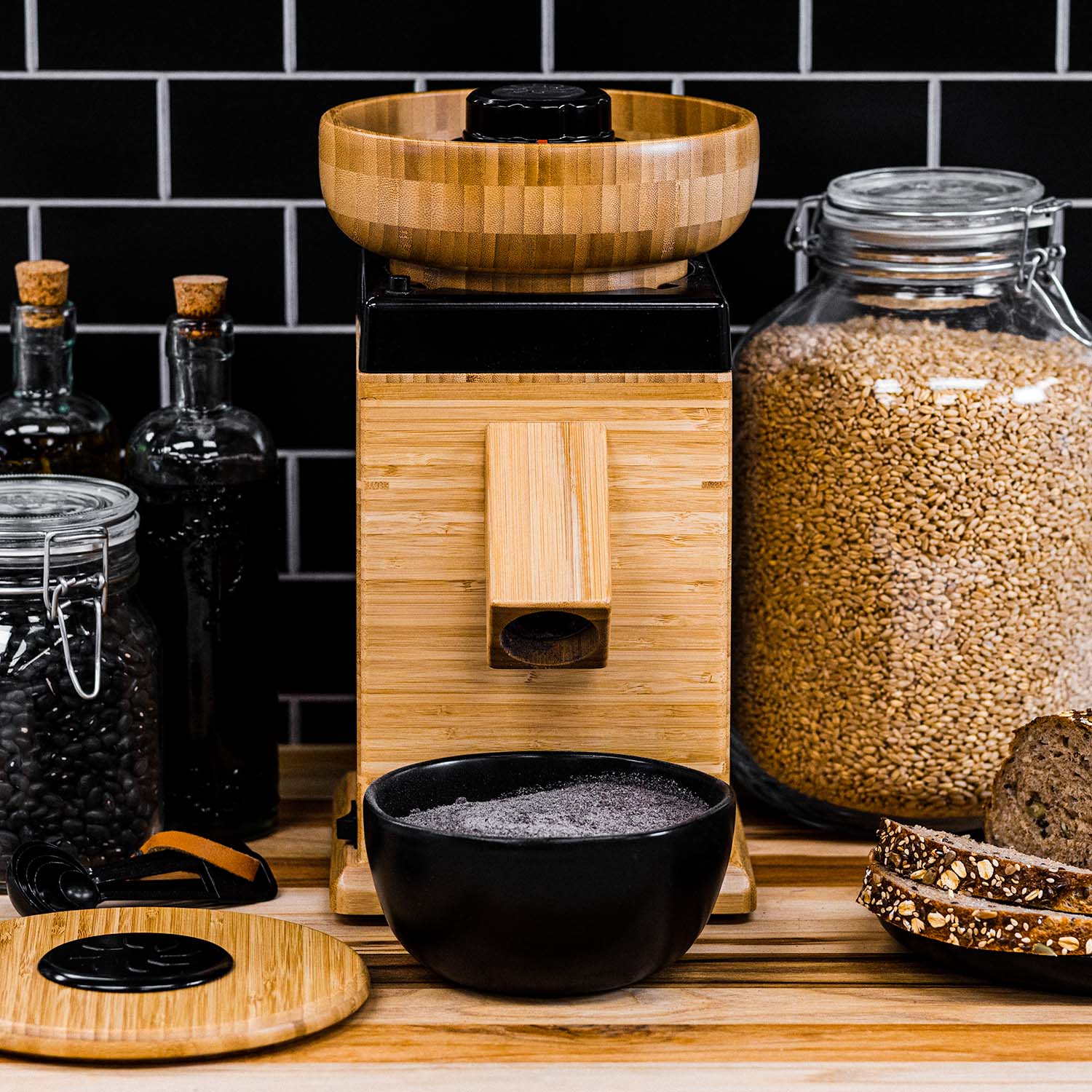
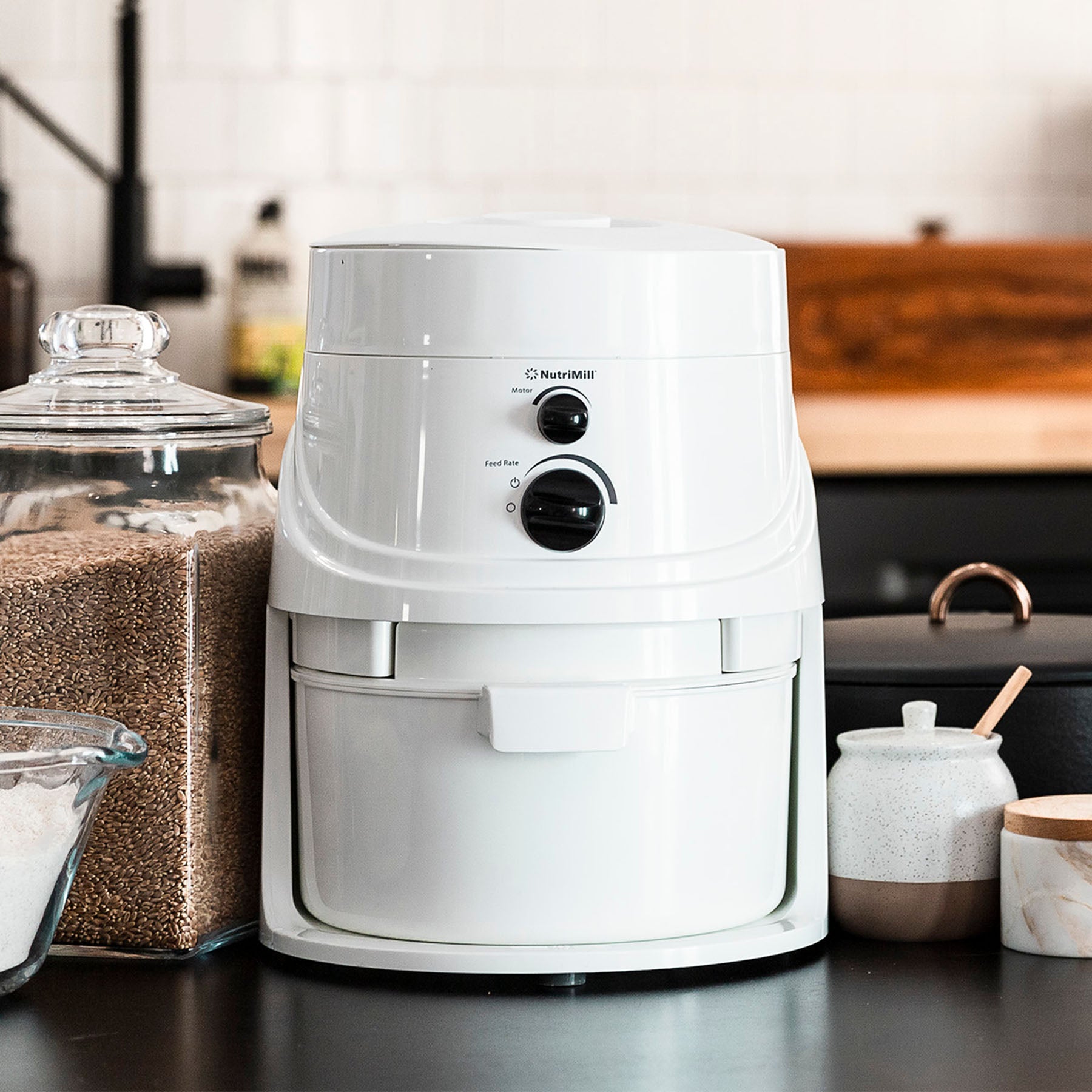
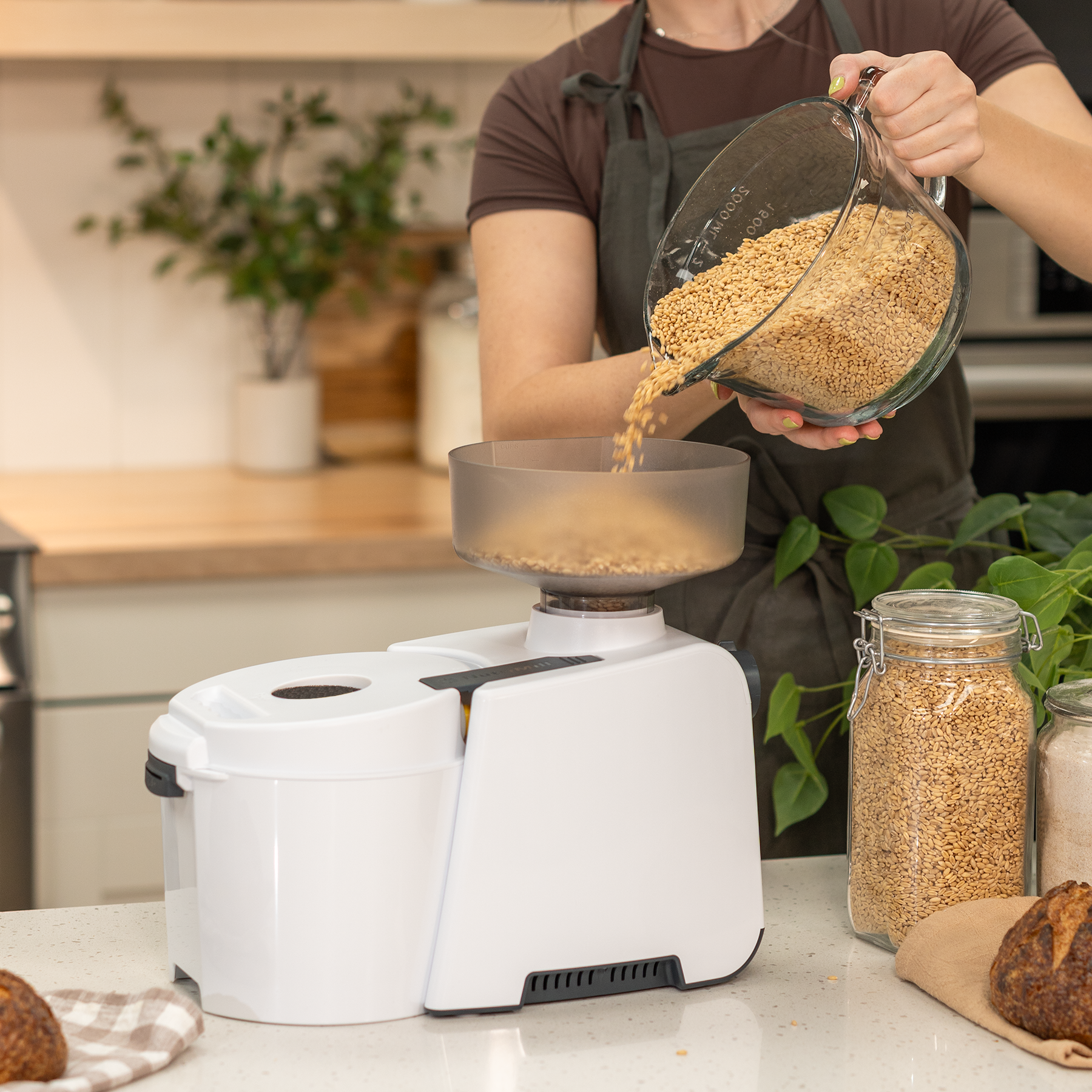
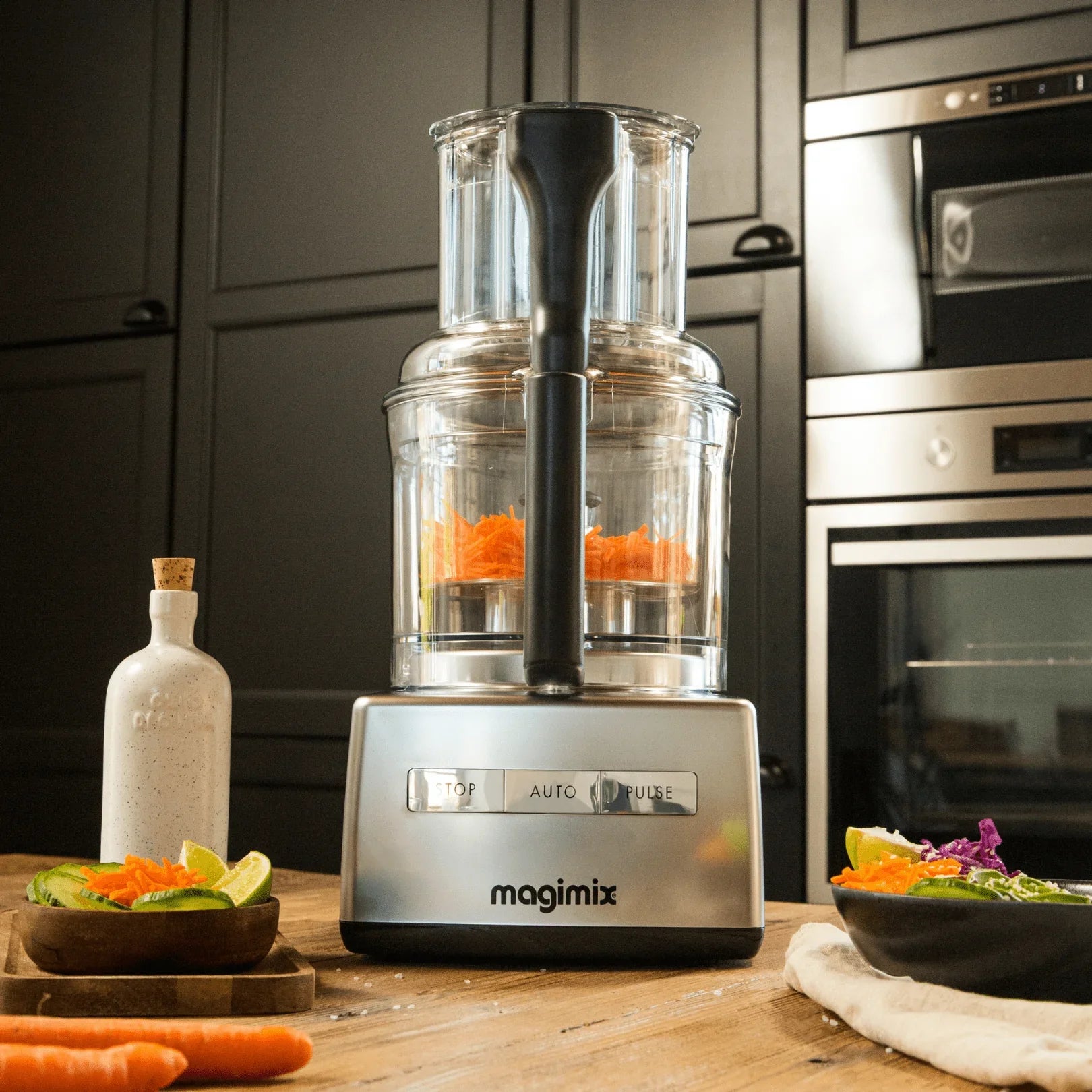
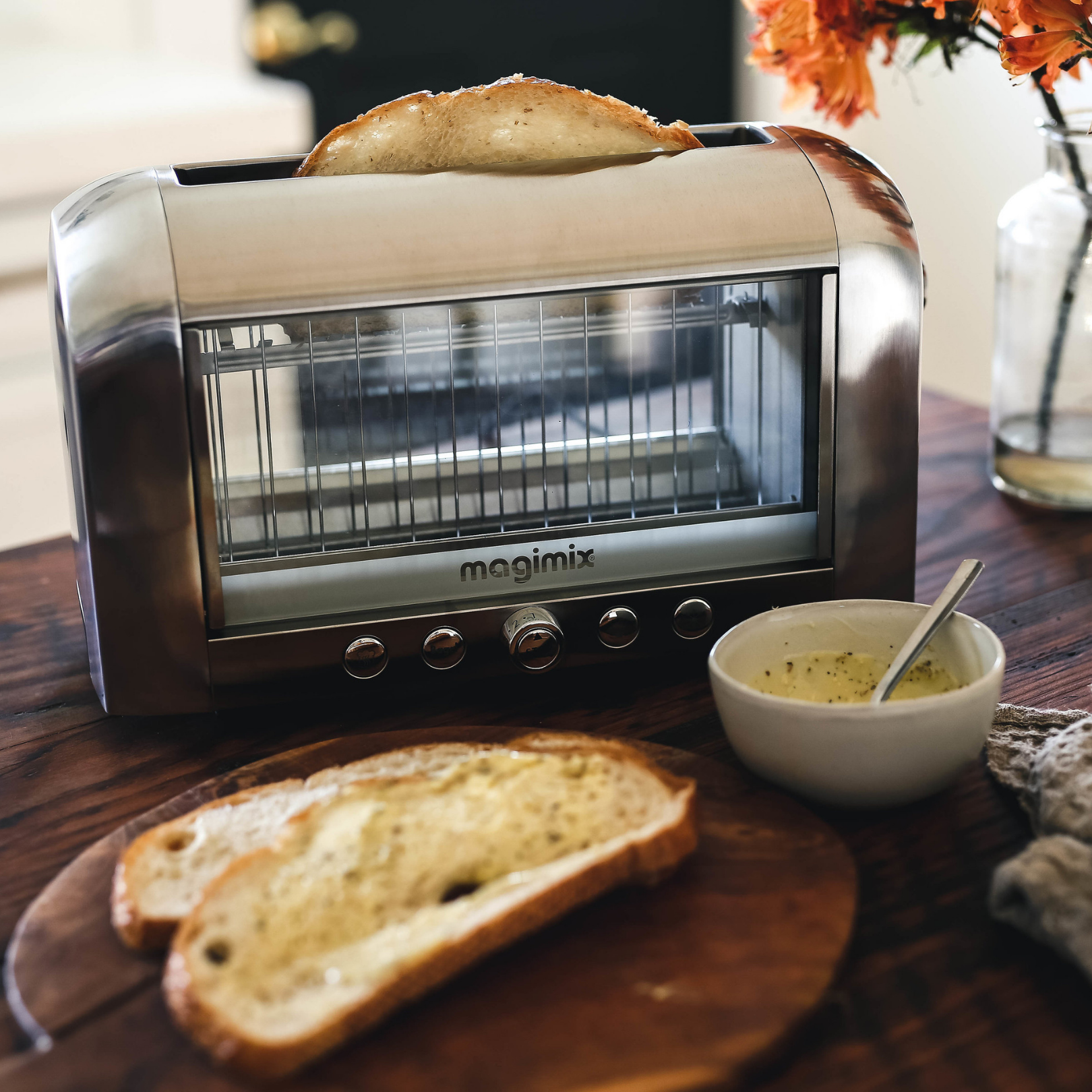
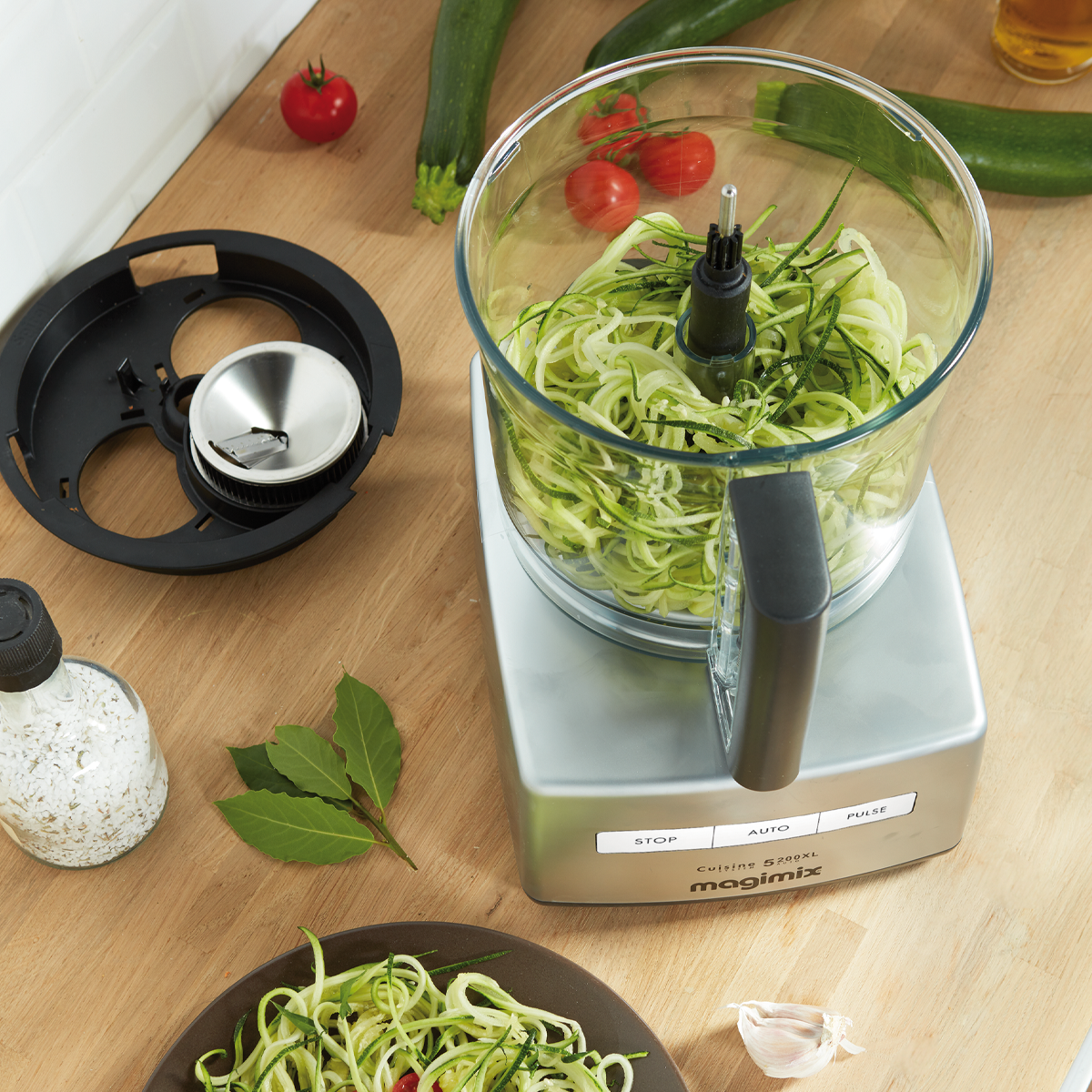
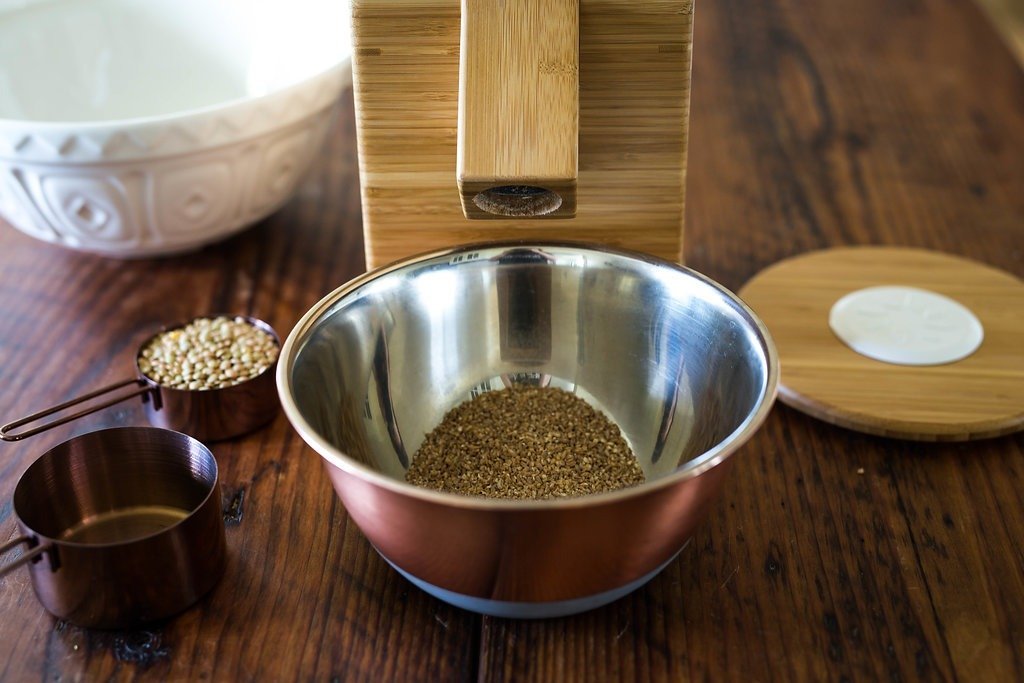

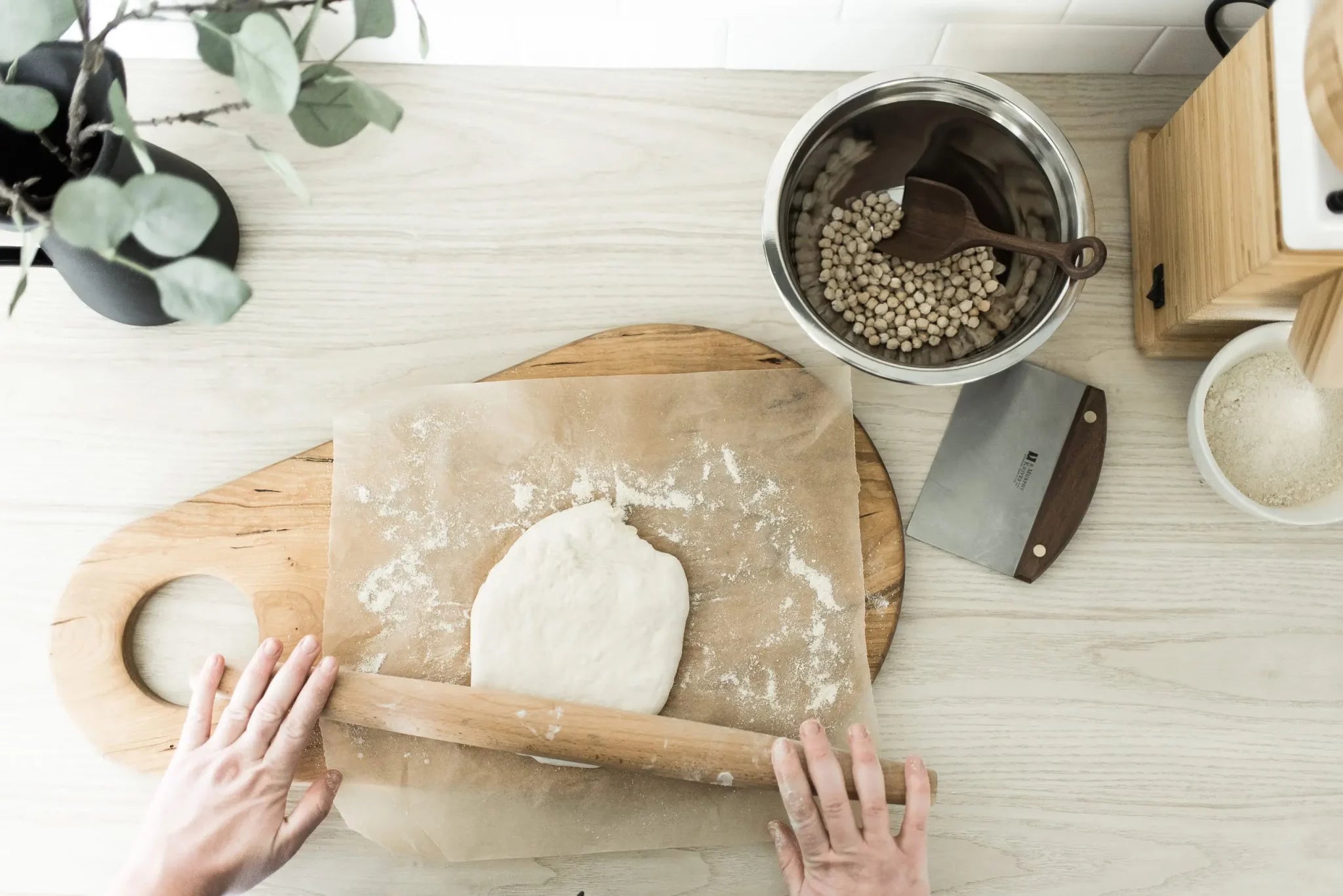
Leave a comment
All comments are moderated before being published.
This site is protected by hCaptcha and the hCaptcha Privacy Policy and Terms of Service apply.